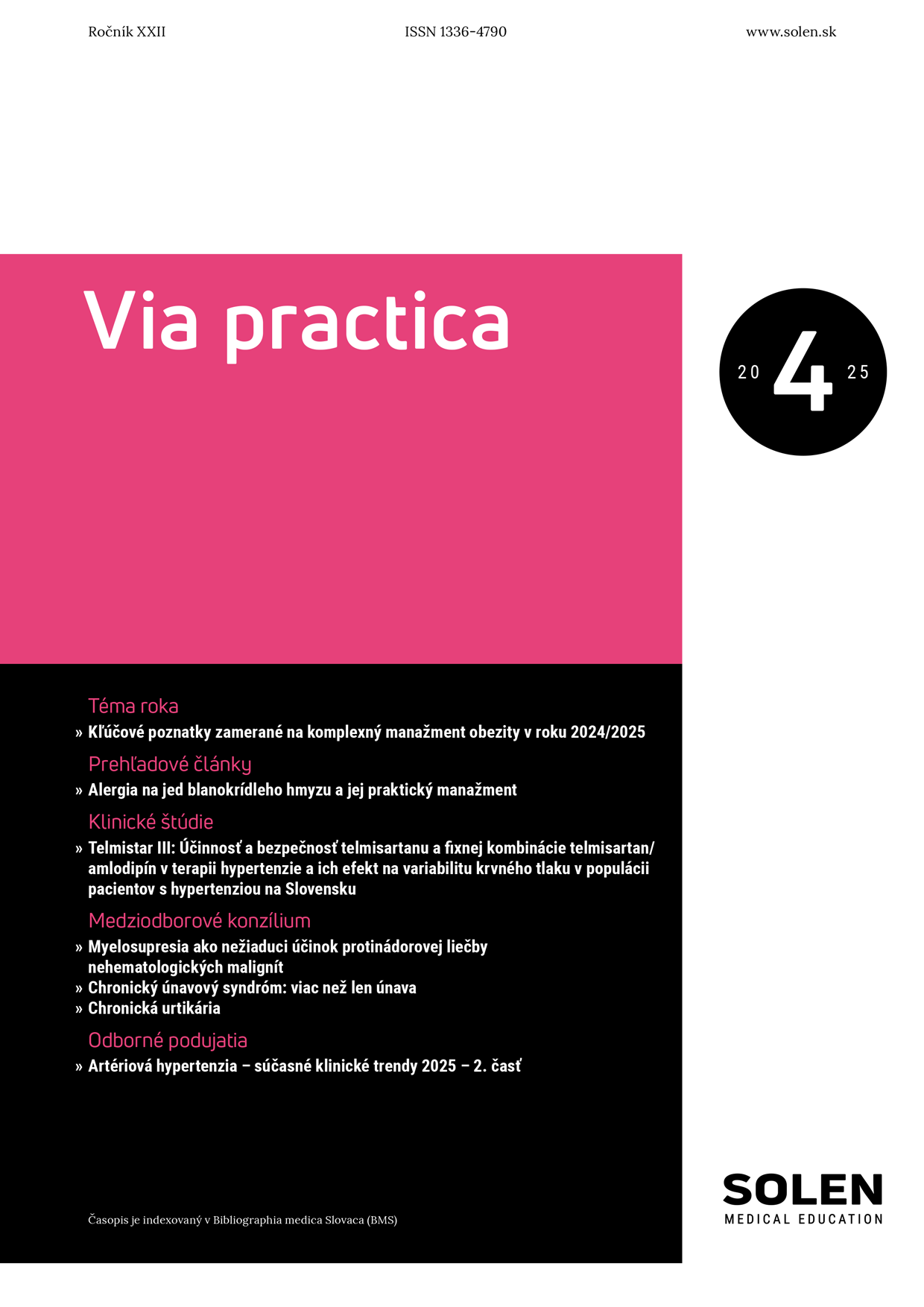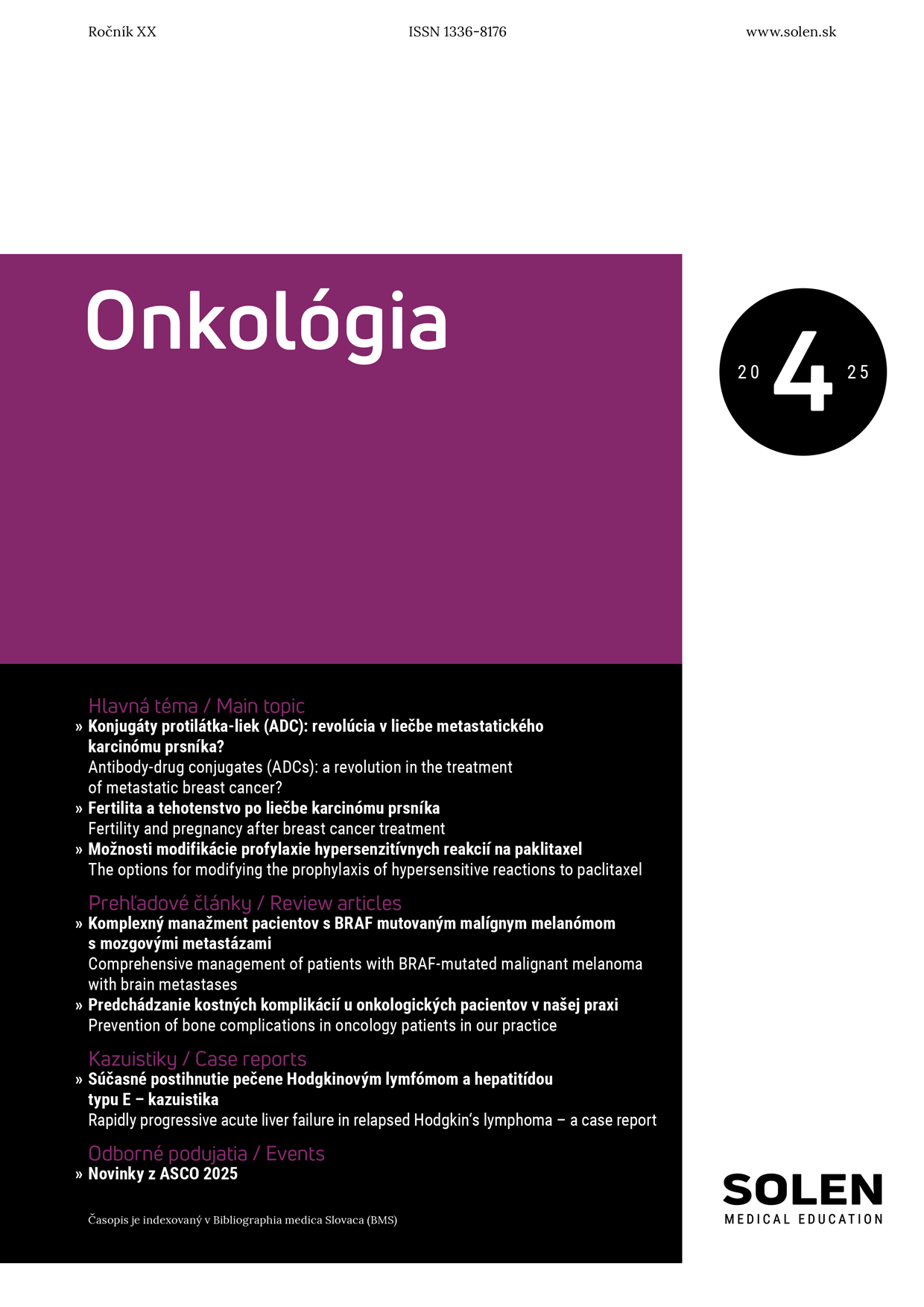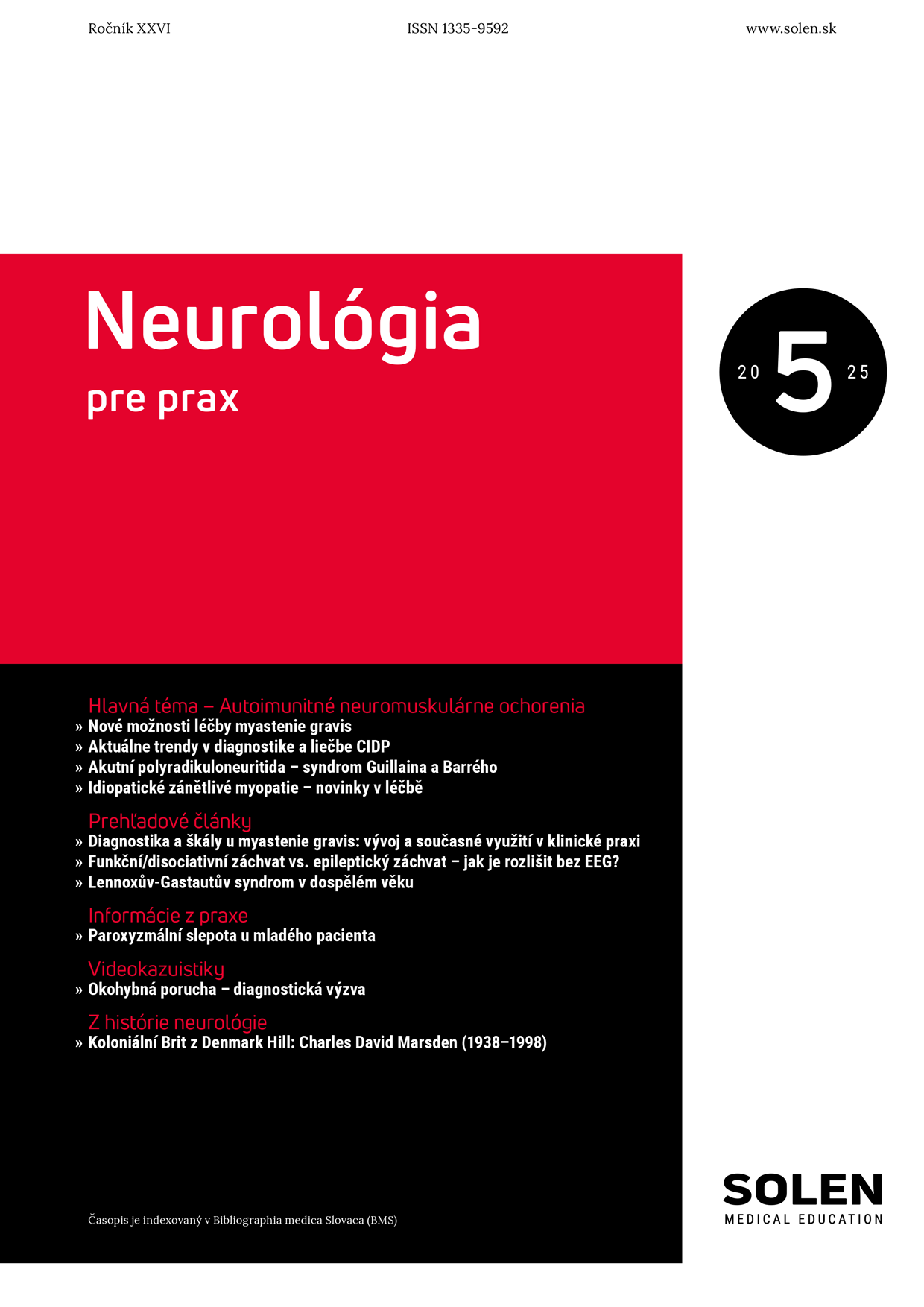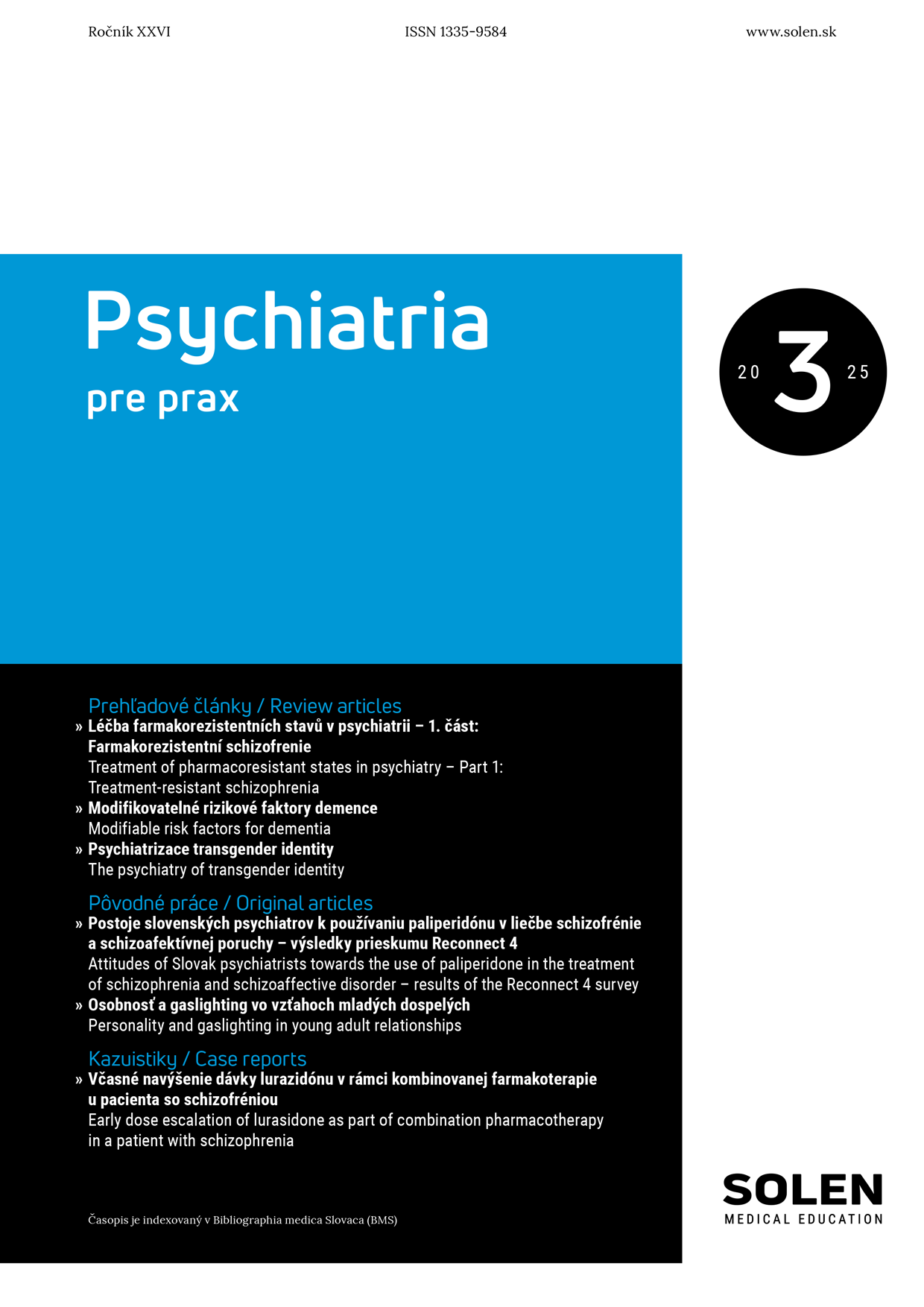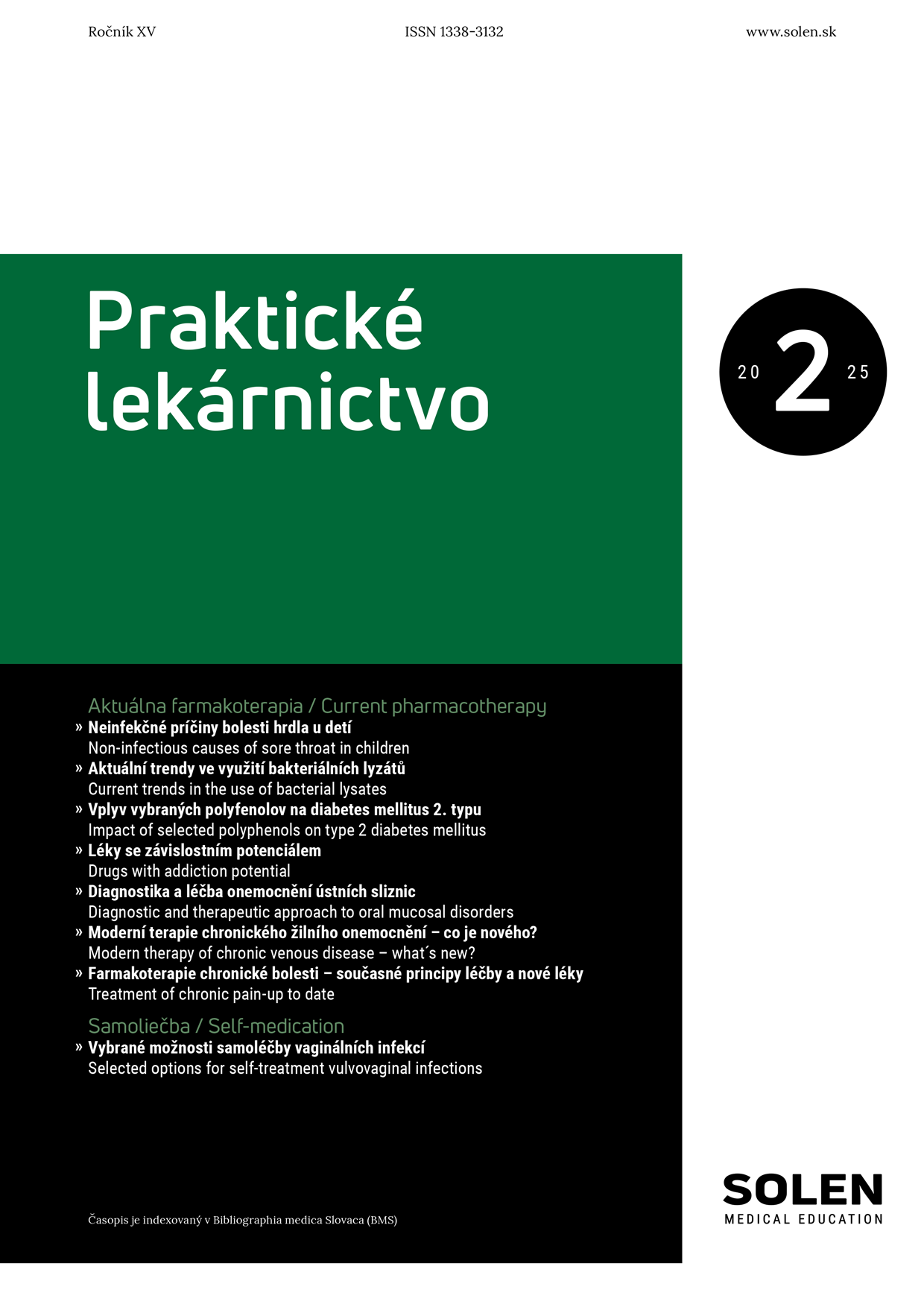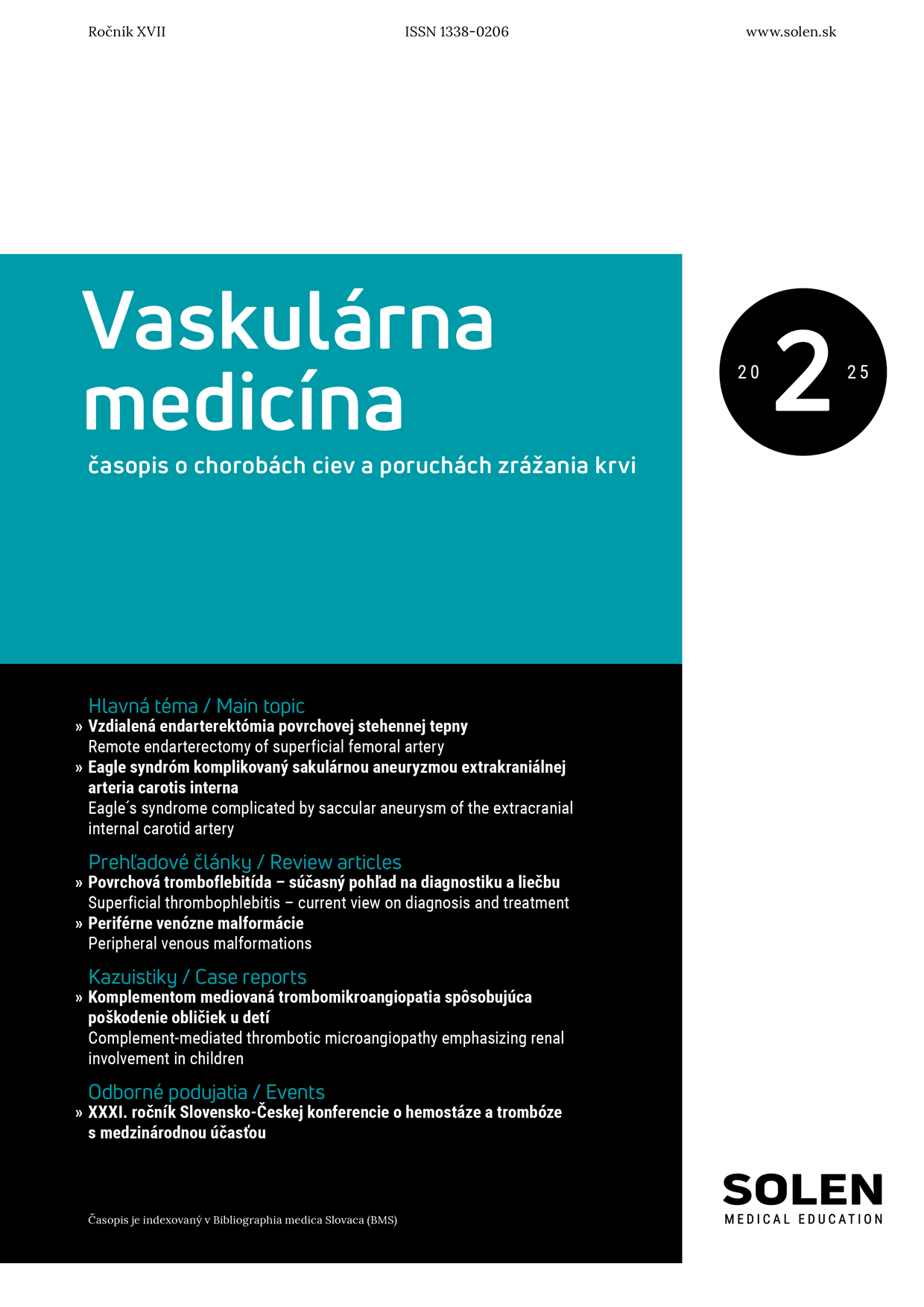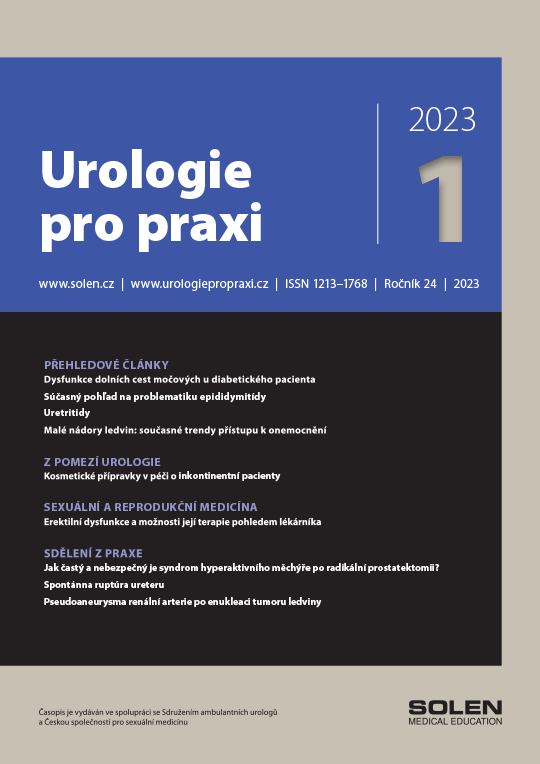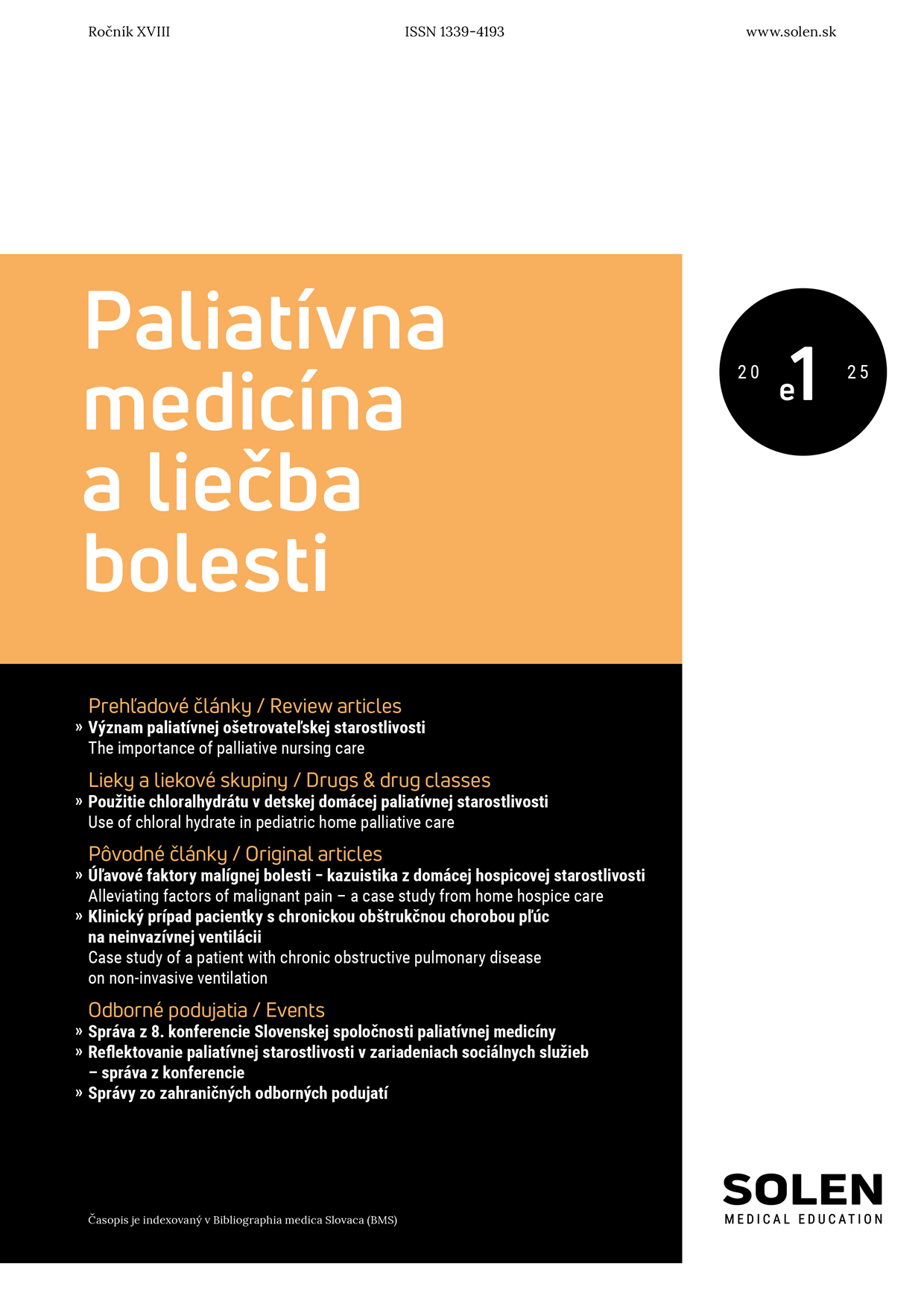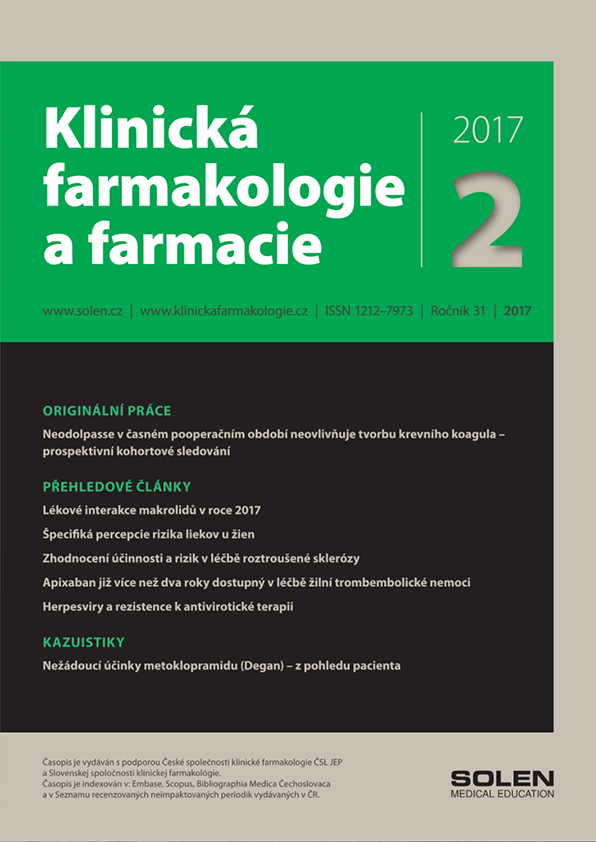Psychiatria pre prax 3/2025
Personality and gaslighting in young adult relationships
Introduction: Gaslighting is a form of psychological abuse with potentially serious consequences for mental health. Most research has focused on its outcomes, while much less attention has been given to the personality predispositions of targets and perpetrators. The aim of this survey was to examine the relationship between the degree of gaslighting exposure, assessed with the Gaslighting Relationship Exposure Inventory (GREI), and pathological personality traits measured by the Personality Inventory for DSM-5 – Brief Form (PID-5-BF).
Sample and Methods: The survey sample consisted of 60 university students who completed the self-report questionnaires GREI and PID-5-BF. Demographic data were also collected, including gender, current age, age at first gaslighting experience, and place of residence where participants had spent most of their lives. The study investigated associations between demographic variables, gaslighting exposure, and dimensions of personality characteristics represented by the PID-5-BF profile, as well as interrelations among individual PID-5-BF dimensions. Data were analyzed using IBM SPSS version 25, with statistical significance set at p < 0.05.
Results: Higher cumulative GREI scores were significantly correlated with the Antagonism dimension (ρ = .330*, p = .010). Men showed higher scores in Detachment (ρ = –.363**, p = .004) and Antagonism (ρ = –.393**, p = .002). Significant correlations were also observed among individual PID-5-BF dimensions, particularly between Negative Affectivity and Disinhibition (ρ = .479**, p < .001).
Conclusion: The results suggest that personality traits, especially higher scores in Antagonism, may increase the risk of gaslighting exposure. This finding highlights the potential importance of early identification of such personality patterns.
Keywords: gaslighting, personality traits, GREI, PID-5-BF



